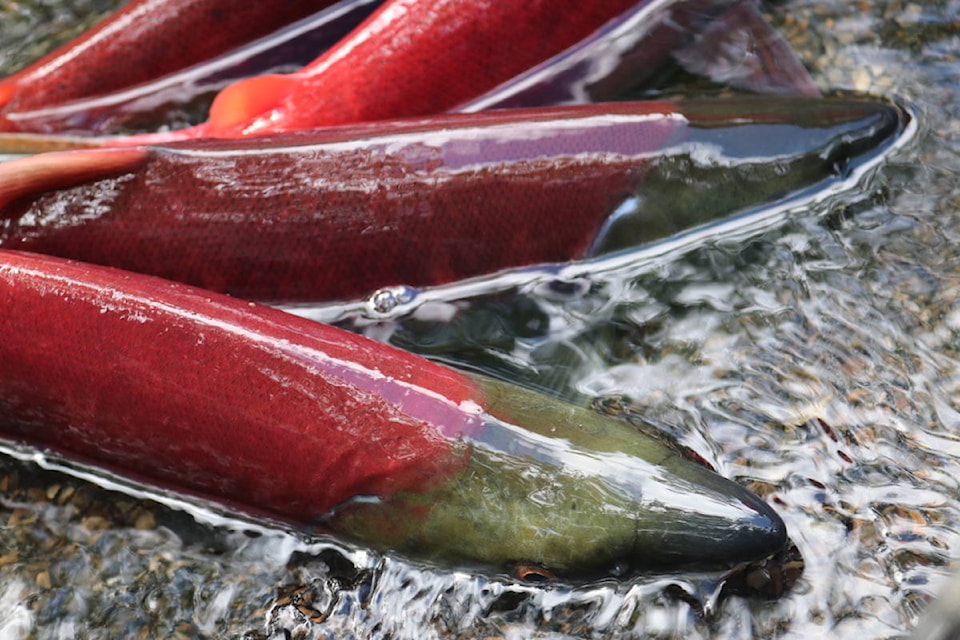Decades of research has led UBC professor Dr. Scott Hinch to uncover female salmon in B.C. are dying at unprecedented rates.
For every male sockeye salmon that doesn’t make it back to its spawning grounds, at least two, sometimes three females die, according to findings published this week.
For three decades, adult Fraser River sockeye salmon were tagged, tracked and analyzed during ocean and freshwater migrations. Hinch compared females to males by using blood samples to determine sex.
“We saw the same pattern emerging year after year,” Hinch said. “Species with a larger decline in females on spawning grounds were the most threatened or endangered.”
Before the 2000s, female salmon outnumbered males in spawning grounds – Hinch attributes the change in trend to the changing Pacific environment and physiology of female salmon.
“In the past few decades, there has been a two-degree warming of the Fraser River,” the professor said, noting an effect of climate change. Increased water temperatures make salmon vulnerable to health complications, including heart and stamina issues.
“Salmon only spawn once, then they die. When they make that journey their natal area at the mouths of the Fraser River, they don’t eat,” Hinch said.
Fewer survivors during spawning or reproduction are causing a decline in B.C. salmon populations.
READ MORE: B.C. sockeye salmon run a spectacle (VIDEO)
Hinch is predicting the disparity to become even more prominent in coming years as the ocean and rivers warm continue to warm.
“We’re already seeing reduced runs in fisheries as a result of climate change and elevated water temperatures,” he said.
He is calling upon the Department of Fisheries and Oceans to ease the migration journey for salmon, much like what is being done in Fraser River’s Big Bar landslide – the construction of a $176 million fishway.
He also suggests a harvest rate decrease to protect a larger number of salmon from fishing during higher temperatures or flows – giving more females a chance at surviving long enough to reproduce.
Annually, salmon fishing supports more than 8,000 B.C. jobs, generating roughly $200 million in tax revenue, while commercial fisheries bring in around $200 million.
RELATED: Rockslide in B.C. river raises salmon spawning concerns
sarah.grochowski@bpdigital.ca
Like us on Facebook and follow us on Twitter.
Want to support local journalism? Make a donation here.
